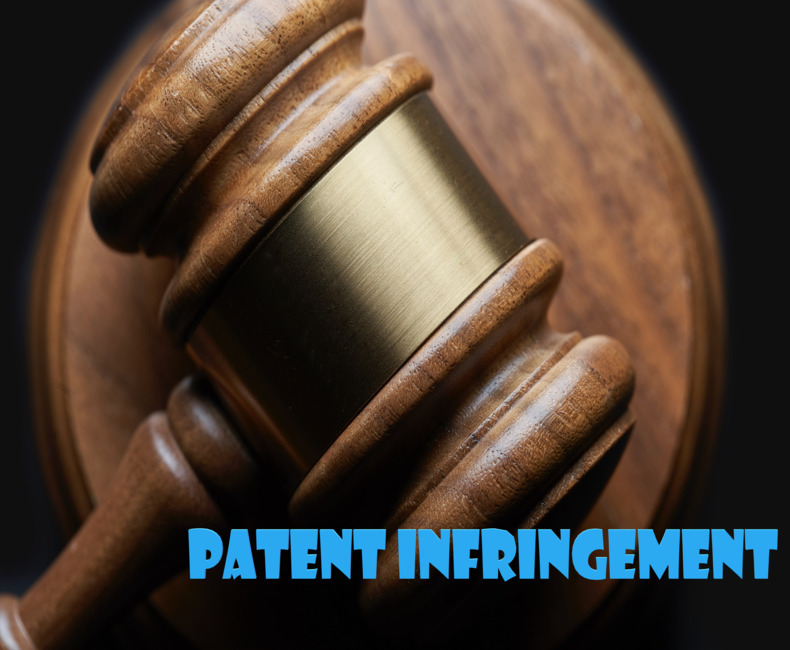Patent Infringement and It’s Types
What is Patent Infringement?
Patent Infringement is nothing but a violation of a Patent owner’s right by a third person. A patent is an exclusive right granted to an inventor or an applicant. It allows an inventor or patent owner to manufacture, sell, offer, distribute, mortgage the invention, etc. What if someone sells, imports, uses, or makes a product without the inventor’s permission? That is called Patent infringement. Patent infringement is easy to do, as all the patent information is public and accessible to anyone. Even though it is simple, the act is illegal. The act of infringement can lead the infringer to trouble, as the patentee can sue the infringer for infringement with demands for monetary compensation. Third parties can use patented inventions for commercial gains either by getting a license from the patentee or getting their appropriate consent for a specific use. Let’s have a look at various aspects of the topic.
Types of Patent Infringement
The various types of patent infringement occur when a person or business uses full or a part of a patented idea, method, or device without the owner’s permission. Patent infringement could involve either using or selling the patented invention or idea.
The following are the types of patent infringement:
Direct Infringement
Someone creates the product without the patent holder’s permission. The infringer doesn’t have to know that the patent exists for the patent owner to sue him or her for direct infringement. That person can’t make, use, offer, sell, or import a patented invention whether or not he or she knows a patent exists.
Indirect infringement
The infringer did not directly infringe on the patent but may have encouraged or helped to infringe on the patent.
Induced infringement
This refers to inducing or persuading someone to make a patented invention. This term is often used in the same way as indirect infringement.
Contributory infringement
Someone provides a part of a product to help someone else infringe on a patent. That part or product must not have any other reasonable use.
Literal infringement
To prove literal infringement in court, all elements of a defendant’s device or idea must be present in the patented one.
Willful infringement
Willful infringement means that another person or company purposely used someone else’s patented ideas or products. A simple way to disprove willful infringement is to hire a patent attorney, who presumably will inform their client if the infringement is about to occur. It’s common for a court to award treble damages in cases of willful infringement, which can serve to prevent it due to its size.



blueberry haze muha
846796 463697Precisely what I was looking for, thankyou for putting up. 864640
แทงหวย
775019 644963Need to tow line this caravan together with van trailer home your entire family quick get exposed towards the issues along with reversing create tight placement. awnings 357617
เว็บพนันออนไลน์เกาหลี
506384 811355Absolutely nothing far better than Bing discovering us a great web site related to what I was searching for. 735475
หวยนาคา
21035 727597A very good clear cut answer and a terrific concept. But how do I post any work on this internet site is one more question. The Foureyed Poet. 683283
pg168
287870 626545You made some decent factors there. I looked on the internet for the problem and located most individuals will go along with together with your website. 822394
pg168
102100 223063Normally I dont read this kind of stuff, but this was really fascinating! 81968
ufabet789
26076 539557We guarantee authentic brands avoiding inferior commercial imitations, or even dangerous counterfeits. 748052
Levi Takiguchi
This blog is definitely rather handy since I’m at the moment creating an internet floral website – although I am only starting out therefore it’s really fairly small, nothing like this site. Can link to a few of the posts here as they are quite. Thanks much. Zoey Olsen